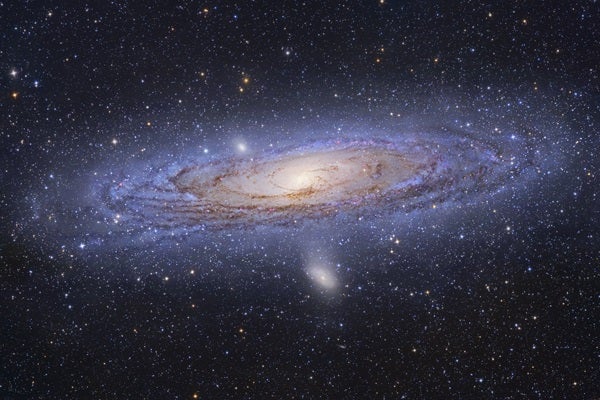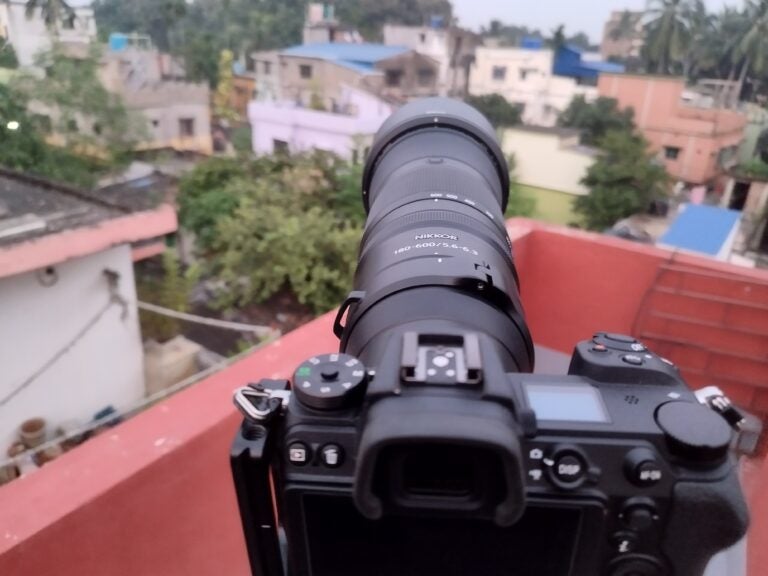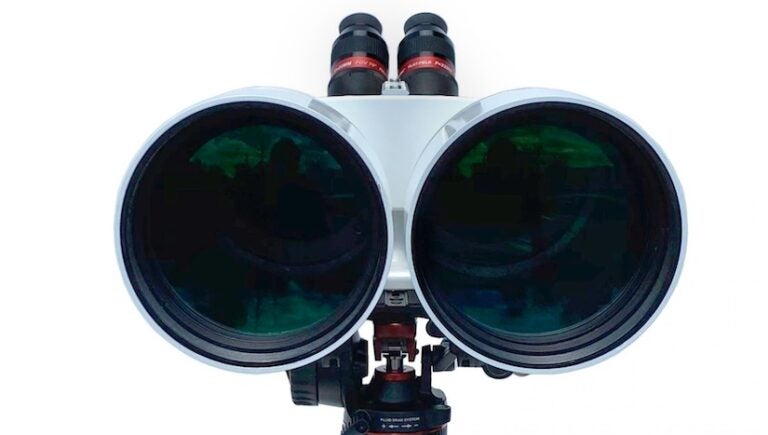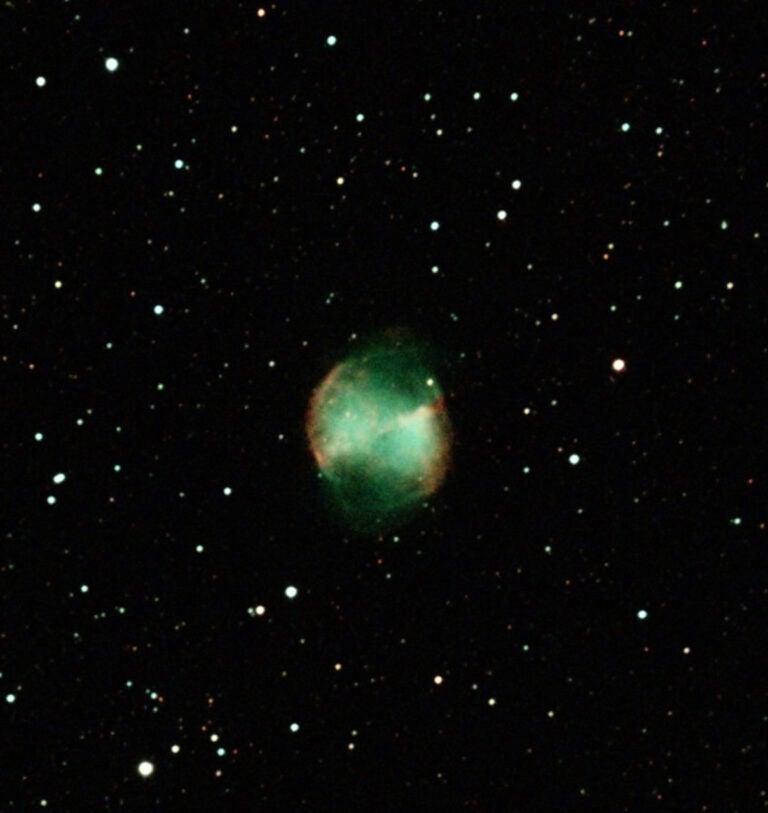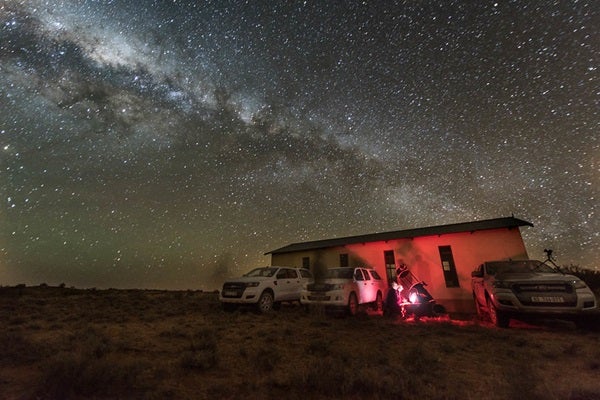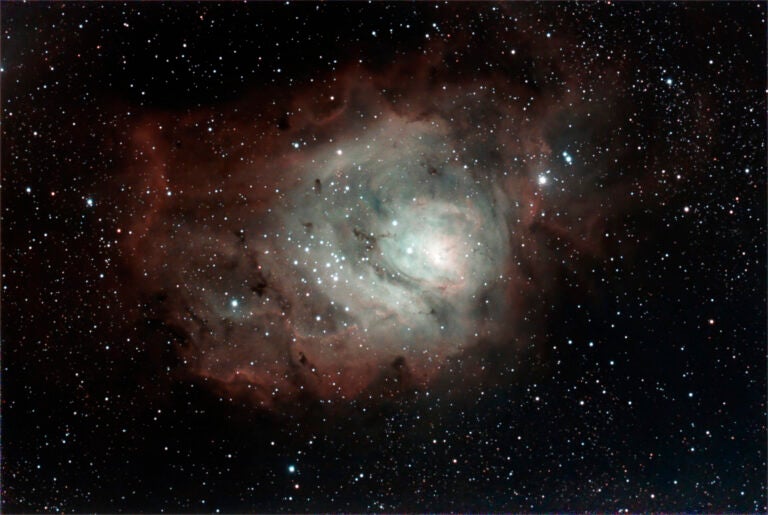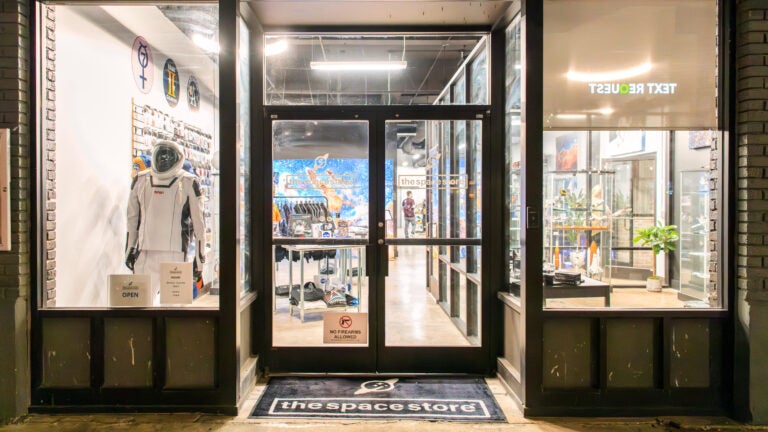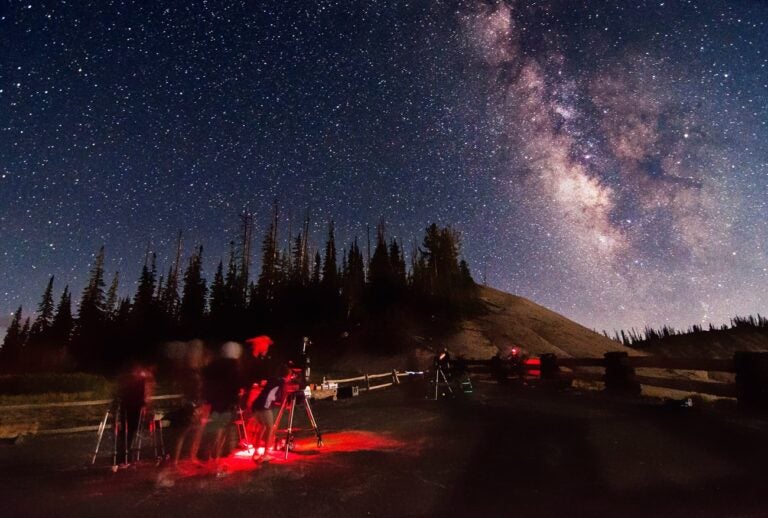Q: I notice that some long-exposure photos are taken using LRGB filters. I understand the RGB (red, green, and blue), but what does the L filter do?
Ronald F. Greene
Florence, Arizona
A: “L” stands for luminance, and it is a clear filter, which, at first glance, may sound confusing. Do CCD manufacturers insist on putting a clear filter in among the red, green, and blue so that they can charge you more? Think about it: clear glass or air — is there any difference? Read on.
The luminance filter plays an important role in CCD photography. Think of it as the “detail” data that you download out of the sky whereas the color data is just that — color. If skillfully made, the L filter will keep the focus similar between the clear and color filters. Without a filter in the L slot, imagers would have to refocus every time they selected that option.
All color filters block near-infrared wavelengths to keep them from interfering with the signal. The L filter also must block the near-IR so that when you combine the L with the RGB, you don’t get unsupported signal. In other words, if your RGB filters block the IR, but the L doesn’t, there will be no color data to support the IR, and the IR data the L lets through will show up as an ugly gray in the picture.
Being clear, the luminance filter lets in more light than the color filters, usually twice as much per given time period. Depending on your image scale, it is possible to bin your L exposures 1×1 for maximum detail, and bin your RGB exposures 2×2 to make the camera more sensitive to color. Binning allows you to group pixels on your chip so they collect more light but still act as a single pixel. So, if you bin 1×1, you are using single pixels. If you bin 2×2, however, you’re making four pixels act as one, with a four-times gain in light collected. In this way we get the high detail from the luminance combined with the binned color to make a high-quality image. And in many cases you can keep the exposure times identical.
With very fast, short focal length telescopes, binning the color blurs the detail too much. With such instruments, it’s better to shoot the RGB binned 1×1 and use image-processing software to create a synthetic luminance out of the color data. By doing this you can treat the L as a separate entity to sharpen it or reduce noise.
Remember, the luminance provides the detail, and the RGB provides the color. It is to your advantage to treat them independently where possible and then combine them for the final image.
Contributing Editor

